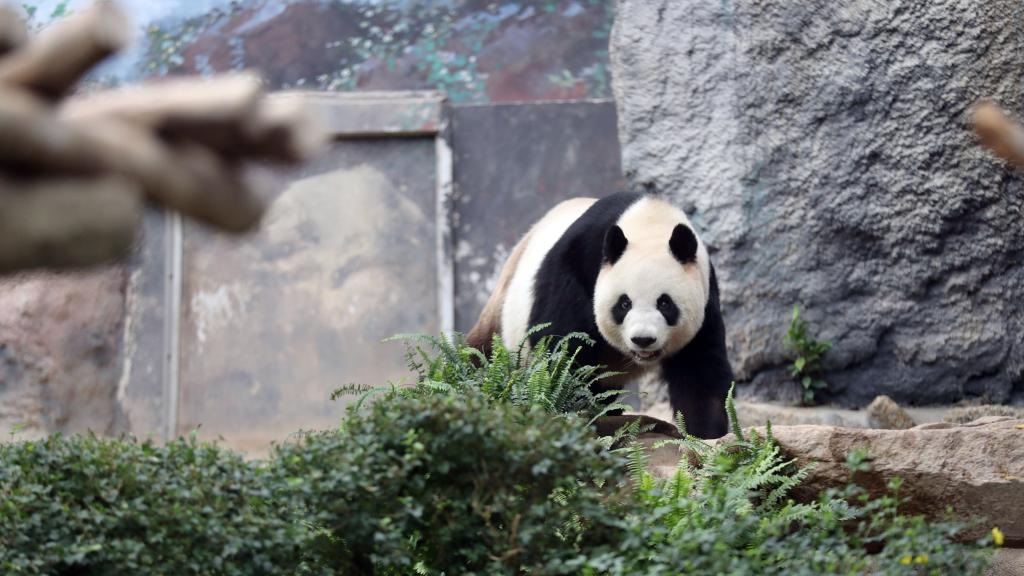China ramps up energy supply efforts as winter cold spell looms

People walk in snow in Urumqi, northwest China's Xinjiang Uygur Autonomous Region, Nov. 14, 2024. A cold front has ushered in a significant drop in temperature and snowfall across Xinjiang. (Photo: Xinhua)
China's National Meteorological Center (NMC) issued a blue alert on Sunday for a cold spell as the season's first chill sets in. Across the country, regions have already launched measures to stabilize energy supply, ensuring steady production of coal, natural gas, and other resources to guarantee winter heating.
From Sunday to Thursday, temperatures in most parts of the country will plummet by six to 10 C. Some areas in Northeast China, Northwest China, and North China's Inner Mongolia are expected to see temperature drops of 12 to 14 C, with certain locations experiencing declines of up to 16 C, according to the NMC.
Centralized heating systems are now being activated across the country. Dong Wancheng, an official with the National Energy Administration (NEA), said at a recent press conference that this winter, national peak electricity demand is expected to be significantly higher than last year's, even matching summer highs. While on average, the energy supply is secure, some districts may feel pressure.
To manage the rising electricity demand during the impending winter peak, the NEA has enhanced oversight of medium- and long-term energy contracts to ensure sufficient coal and gas reserves, guaranteeing stable fuel supply for key regions during critical periods, Dong said.
Currently, coal reserves at major power plants have remained at above 200 million tons, with an average availability of over 30 days. Gas storage is also steady, reaching full capacity for the winter, according to the National Development and Reform Commission (NDRC), the country's top economic planner.
On the supply side, the national installed power generation capacity has reached 3.16 billion kilowatts, and coal and natural gas production has continued to increase since October, NDRC spokesperson Li Chao said.
In order to ensure the efficient transportation of coal, transportation authorities have streamlined logistics across railways, highways, and ports, offering a seamless "door-to-door" service. National railways transported 520 million tons of coal in the third quarter, marking a 3.5 percent year-on-year increase, China State Railway Group said.
To prepare for the coming winter, ample coal and gas reserves are in place to meet the needs of the public, Lin Boqiang, director of the China Center for Energy Economics Research at Xiamen University, told the Global Times on Sunday.
Ensuring winter energy supply is always a priority for government officials. While supply disruptions may occur, they are usually short-lived. Overall, the risk of a large-scale energy shortage is minimal, Lin said.
Meanwhile, energy transition has become a key driver of China's sustainable economic and social development in recent years. Chinese provinces have been actively promoting the coordinated development of traditional and renewable energy sources, encouraging green and low-carbon energy consumption while staying warm in winter.
According to data from the National Bureau of Statistics, China's natural gas production has grown steadily. In October, output from major gas enterprises reached 20.8 billion cubic meters, marking a year-on-year increase of 8.4 percent. During the first 10 months of the year, natural gas production reached 203.9 billion cubic meters, up 6.7 percent year-on-year.
Renewable energy has played an increasingly complementary role alongside traditional energy sources in ensuring energy supply, Lin noted.
Photos
Related Stories
Copyright © 2024 People's Daily Online. All Rights Reserved.









